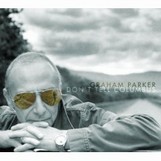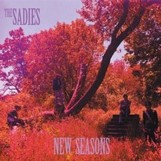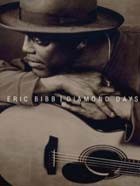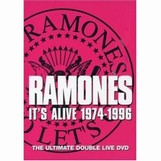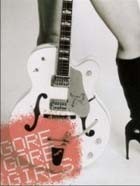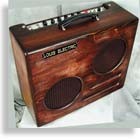
Originally released over a five-year period, these seven albums show a band that knew what would work on the radio, and also how to stretch things a bit.
As you’d expect, the early albums present a group feeling its way while establishing that it could make a hit with ease. The Young Rascals is pretty much all covers and rocks like crazy. “Good Lovin’” is the hit that gets them going. The same can be said for Collections, which sees them writing more, but still finding their way.
By Groovin’, they’re writing most everything and hitting their stride. It opens with “A Girl Like You,” one of the finest singles of the ’60s. With that album, Felix Cavaliere had begun to establish himself as one of the most soulful blue-eyed soul singers on the planet, and the band (Gene Cornish on guitar, Dino Danelli on drums, and Eddie Brigati -with help from brother, David – on vocals) had by this time become a tight unit. It’s tough not to love an album with the aforementioned opener, the title cut, and “How Can I Be Sure.”
After Groovin’ set the table, the Rascals would experiment more with each subsequent release, usually with exceptional results. Once Upon a Dream is an album full of soul/pop music that didn’t produce any hits, but had great cuts like “Singin’ the Blues Too Long” and “Intro: Easy Rollin’.” It also includes one of the most elegant songs to ever have been written for a state, “My Hawaii.” And it saw the introduction of Indian music, which would show up on many of their later records. Despite the experimentation, the Rascals would have more hits. Freedom Suite becomes more political and idealistic and contains long jams. It also contains the best song of their later career, “People Got to Be Free.”
The last two Atlantic albums, See and Search and Nearness, are inconsistent, but contain wonderful music, usually when Cavaliere guides them on soulful rides. The funky “Right On” and pop/soul chestnut “I’d Like to Take You Home” are wonderful examples. And there are still hits, like “Carry Me Back” and “See” getting lots of airplay in the late ’60s.
These have been reissued before, but included here are the mono mixes of the first four alongside the stereo mixes. And they all sound great! Add extensive and information-packed liner notes and you’ve got a batch of discs that no fan of the Rascals or ’60s music should be without.
This article originally appeared in VG‘s Jan ’08 issue. All copyrights are by the author and Vintage Guitar magazine. Unauthorized replication or use is strictly prohibited.

